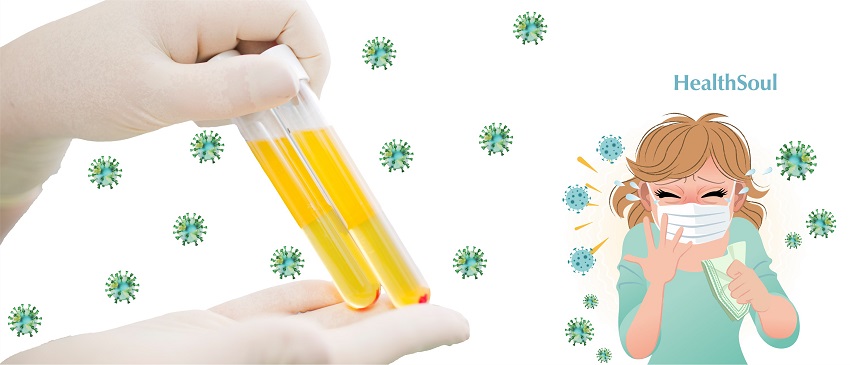Convalescent-Plasma Therapy for Treating COVID-19: New Possibilities and New Challenges

Convalescent plasma is the yellow liquid that is separated from blood donated by a patient who has recently recovered from an infection. Convalescent plasma is being investigated for the treatment of severe COVID-19 infection. It is possible that antibodies to SARS-CoV-2 (the virus that causes COVID-19) in convalescent plasma may reduce the severity of the infection and reduce mortality in other sick patients who could not adequately develop this antibody response themselves.
Given the dearth of effective treatments for COVID-19, convalescent plasma has gained serious attention. While this treatment is not a cure, it might help alleviate the symptoms patients experience with COVID-19. Recent promising data from China supports convalescent plasma use for the early recovery of some of the sickest patients. It is important to note, however, that these data are observational and warrant cautious optimism and this approach requires evaluation in randomized clinical trials. Further investigation is still necessary to determine if convalescent plasma might significantly shorten the 1) duration of illness, 2) reduce disease-related morbidity, or 3) prevent mortality associated with COVID-19. Given this is a huge public health emergency, as huge support, FDA has facilitated access to COVID-19 convalescent plasma for use in patients who have serious or life-threatening COVID-19 infections as a single patient emergency Investigational New Drug Applications for individual patients (1).
Use of convalescent plasma has previously and more recently been studied in outbreaks of other respiratory infections, including the 2009-2010 H1N1 influenza virus pandemic, 2003 SARS-CoV-1 epidemic, and the 2012 MERS-CoV epidemic with varying degree of success. However, the idea of using blood (effective component is plasma) from disease survivors, also known as convalescent-plasma therapy, dates back to actually the late 19th or early 20th century. Doctors have transfused the blood of recovered patients into those who continued to be sick with the 1918 Spanish flu, measles, polio, chickenpox, and Ebola—all to varying degrees of success.

It is important to note that this potential therapeutic option can be a two-edged sword as convalescent plasma comes with all baseline and inherent risks with any plasma transfusion. Plasma transfusions are associated with adverse events ranging from mild fever and an allergic reaction like hives to life-threatening anaphylaxis, transfusion-related acute lung injury, and transfusion-associated circulatory overload in patients with underlying cardiorespiratory disorders. There is also a very rare residual risk of infectious disease transmissions like HIV and HCV (<1 per million transfusion events). There is no evidence of transfusion transmission of coronavirus through any blood products. Lastly, even if useful this will require ramping up of testing to find those who recovered and their goodwill to donate blood.
References:
- https://www.fda.gov/vaccines-blood-biologics/investigational-new-drug-ind-or-device-exemption-ide-process-cber/investigational-covid-19-convalescent-plasma-emergency-inds
- Shen C, Wang Z, Zhao F, et al. Treatment of 5 critically ill patients with COVID-19 with convalescent plasma. JAMA… Published online March 27, 2020

